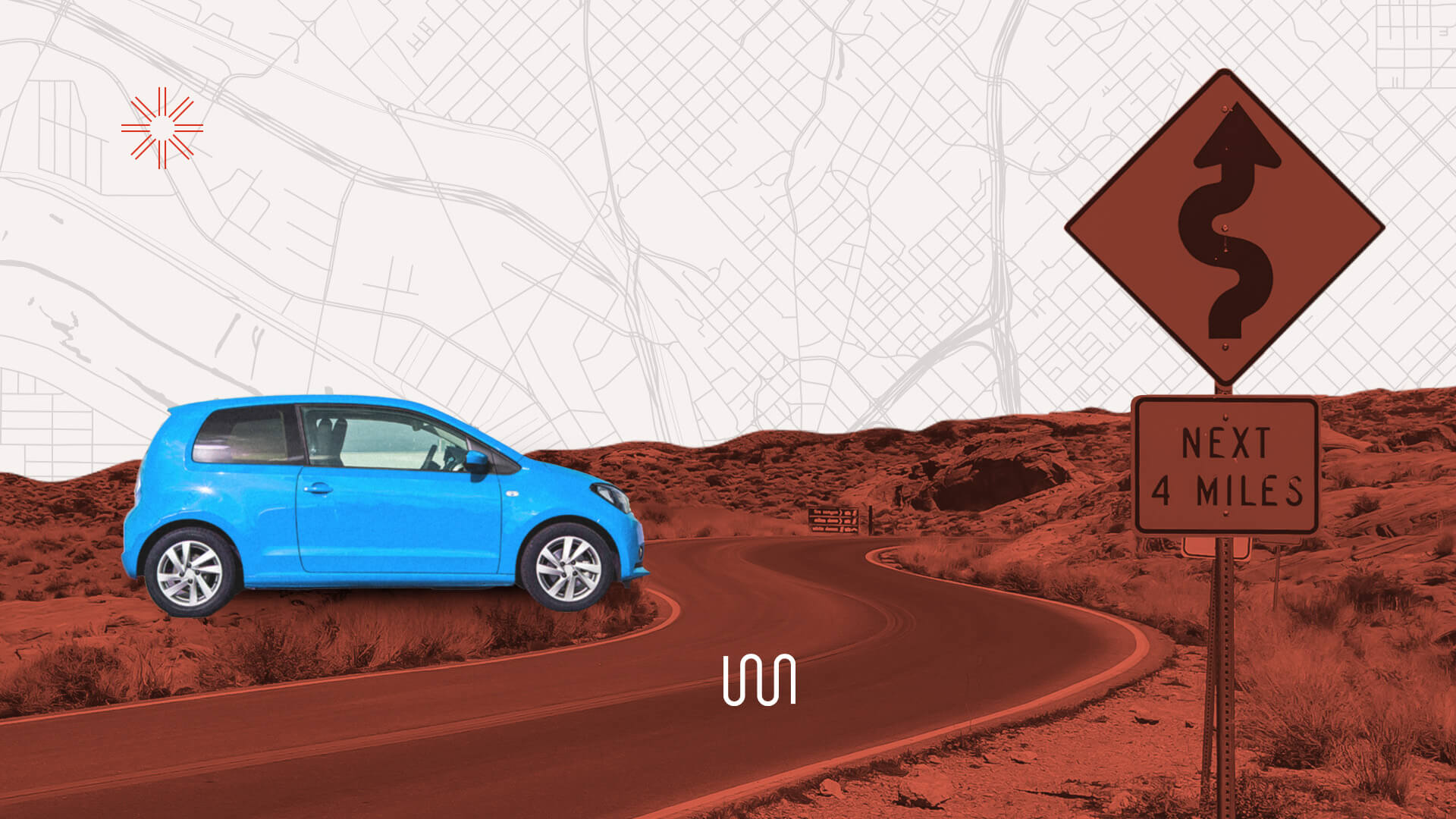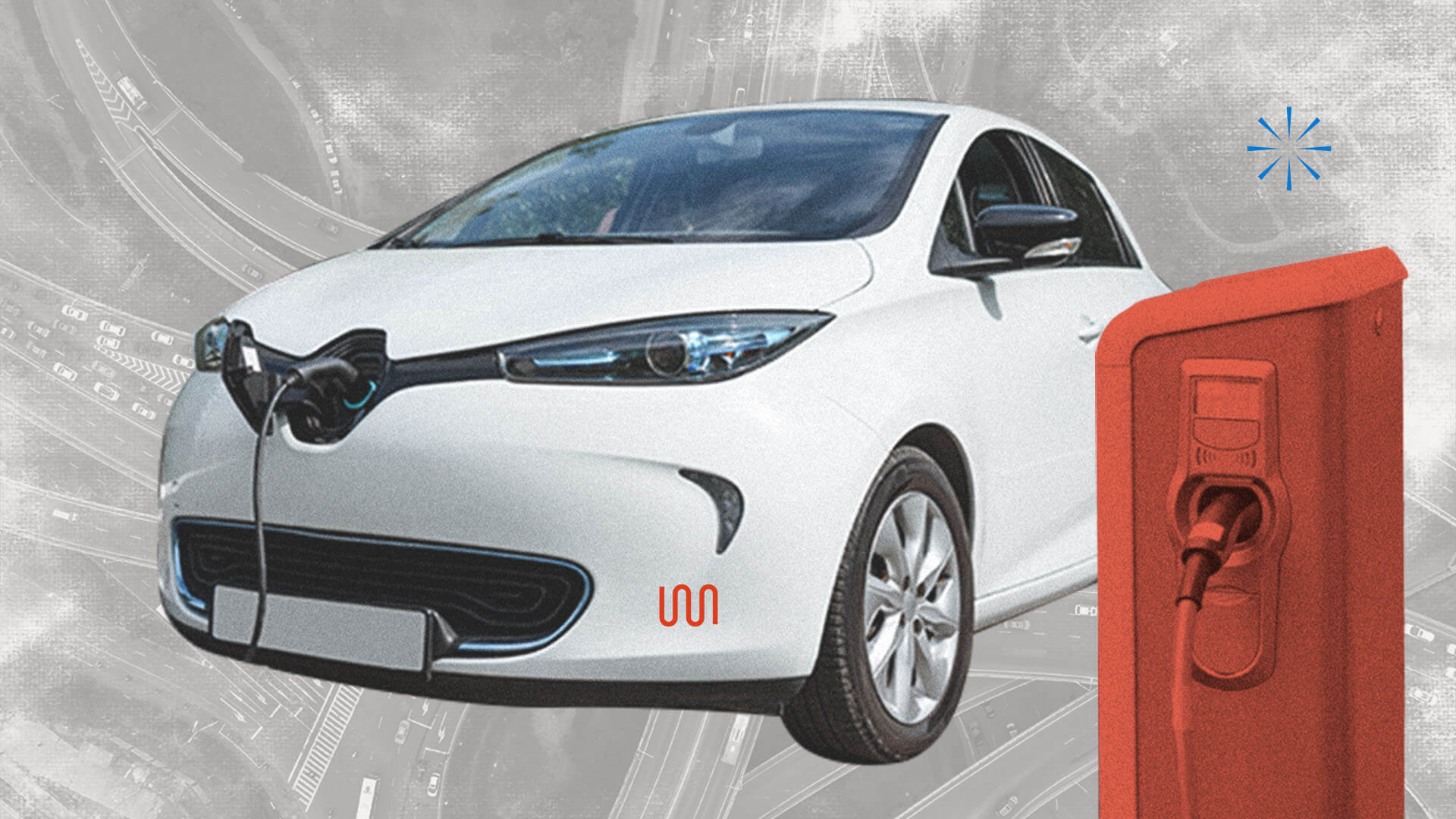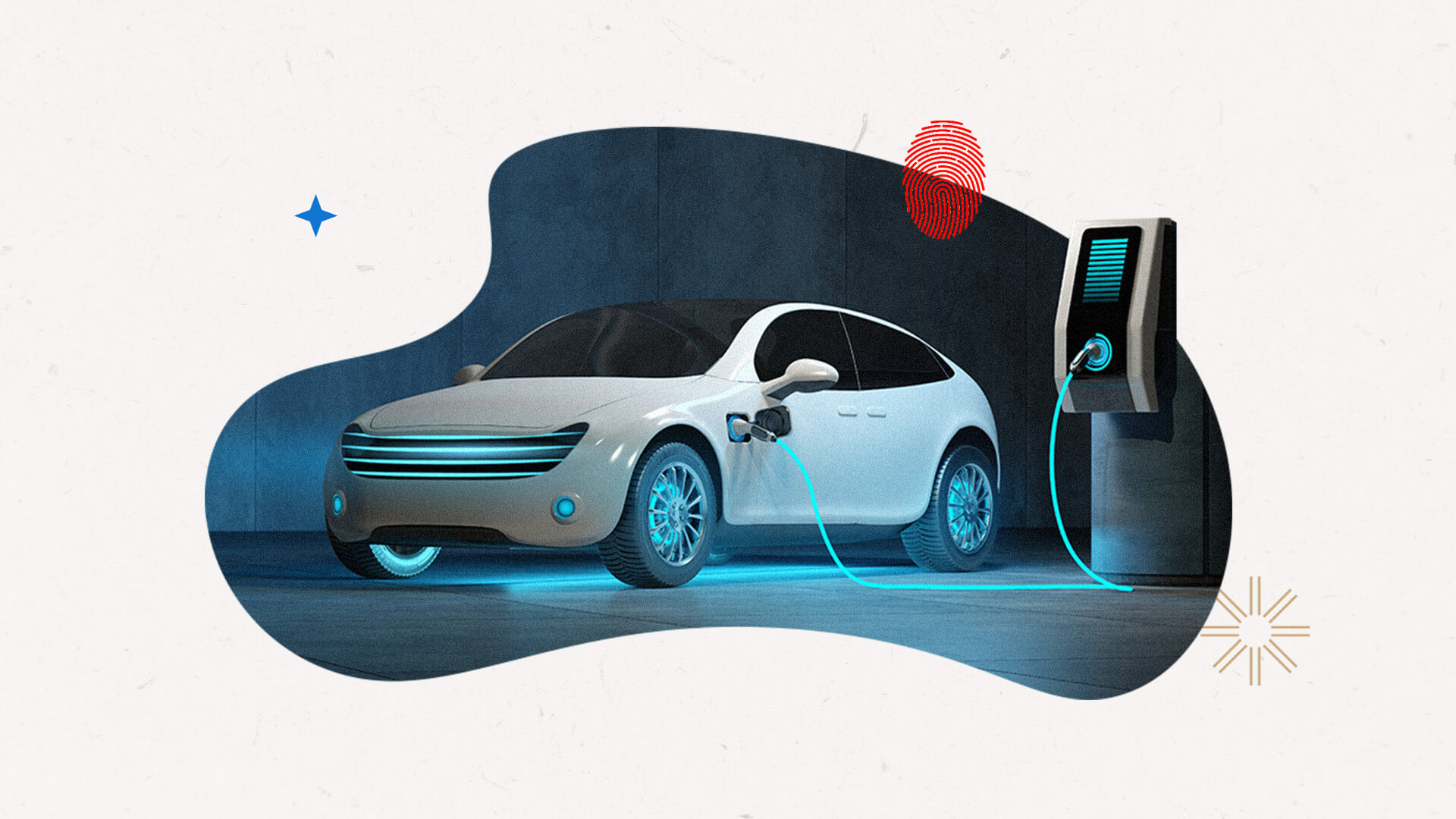
Communicating with the point of sale is important for any business, but 2022 has some serious challenges for automotive dealerships that will require heightened coordination with manufacturers.
The Point of Sale (POS) of any business is critically important. If you imagine the register at any retail outlet or fast-food franchise, the operator must know the menu, those items presently sold-out, and the semi-scripted-yet-extemporaneous process of reacting to unforeseen incidents as to salvage the customer relationship. So is the standard life of an auto dealership.
Only this year presents multiple challenges that far exceed the norm, and as the annual conference approaches where manufacturers and dealerships meet to coordinate the upcoming year – the 2022 National Automotive Dealers Association (NADA) Show (March 10th to 13th, Las Vegas) – the question hangs in the air of “Is this year the most critical for the dealerships?” Specifically, the two largest, looming areas requiring fantastic communication between manufacturer and dealer are how to presently manage the integrated circuit chip shortage and how to prepare for the anticipated, step-function change in electric vehicle sales.
The global chip shortage will continue to create a pent-up demand with a struggling supply and dealerships squarely in the middle.
The present: chip shortage management
Nearly two years into the global chip shortage, the return to normalcy for manufacturers’ supply chains are projected no earlier than 2023. And, in the words of CNET’s Craig Cole, “… perhaps nothing has hamstrung car companies more than the ongoing semiconductor shortage …” Depending upon the strategies of the manufacturer, this supply chain issue has played out either by reduced manufacturing, fewer vehicle-options available or stockpiling of semi-built vehicles with plans to retrofit the shells later. With any of these, managing the chasm between customer needs and available options falls squarely on the dealers. As Chris Graff of Graff Chevrolet (Davison, MI) stated in an interview with WVEM, “As these vehicles come out – whether it’s a ’21 or ’22 – just having that new vehicle is going to trump anything.”
“When you have a challenge of this magnitude that hits not just a state, not just a region and not even just a country but it’s global, the first big challenge – be it chips, or parts or an airbag recall – is communications,” asserts Todd Milbury, the Vice President of Industry Relations at NADA. “And that’s the first thing we’ve heard from dealers: the [manufacturers] have a history of communicating on allocation, distribution and production, but what’s needed here is more granular, more frequent and more multi-layered than it used to be.”
For instance, imagine the dealerships north of the 40th parallel that informed 2021 customers that heated seats were temporarily not available. Dealers previously needed to know the originally planned compensation – somewhere between $150 and $500 depending upon the market – for such a letdown. And then when the popular feature is soon-to-be reactivated in the second quarter of 2022, dealers must understand how many retrofits will be available and when. Managing expectations and delivery so customers may navigate either “the need” or “the want” of a new vehicle with or without that feature shall be a tightrope walk requiring detailed communication. “The communication challenges change over time,” says Milbury. “You wind up with very interesting scenarios in the business where ‘we cannot produce enough chips and we have to make allocation decisions’ with not necessarily interchangeable parts. The unmet need right now is unprecedented.”
Ford has stockpiled unfinished vehicles in various sites (e.g., Kentucky Speedway for Super Duty F-Series) expressly to maintain manufacturing staffing, be ready to quickly meet the pent-up demand of new vehicles (presently estimated at 2-3M vehicles), and per the words of Wayne State University’s Tim Butler, avoid “…suffering the long-term effects of not keeping [suppliers] sustained with business …” But how will such retrofits affect warranty repairs? How does a possible increase in “things gone wrong per 1000 vehicles” affect customer satisfaction?
Again, effective communications to and through the dealerships shall be paramount.
Preparing for the "all in" on electric vehicles requires a lot of preparation where manufacturers can help along successful preparation.
The near-future: preparing for the deluge of electric vehicles
It is no secret that the globe is preparing for a significant ramp-up in electric vehicles. Governments around the world have mandated either improved fuel efficiency or zero emissions, and legislation and budgets are preparing the public spaces for charging stations or wireless charging.
But the required preparation of the dealerships is equally substantial.
“The process changes are staggering,” interjects Milbury. “Dealers will have time to adjust for the huge change in technician and sales skills, but there’s a massive infrastructure change going on right now; billions of dollars. I’m talking about forklifts to move batteries, new tools to service the vehicles, new buildings to safely store the batteries including underground chemical captures in case of fires or leakage.” When asked if this, in fact, is the year of greatest, required assistance from manufacturers, Milbury states it depends upon the EV rollout strategy of the manufacturer. “You have this continuous, rolling release of EV’s into the prime segments in this industry; big volumes.”
This article was written by Steve Tengler from Forbes and was legally licensed through the Industry Dive Content Marketplace. Please direct all licensing questions to legal@industrydive.com.




